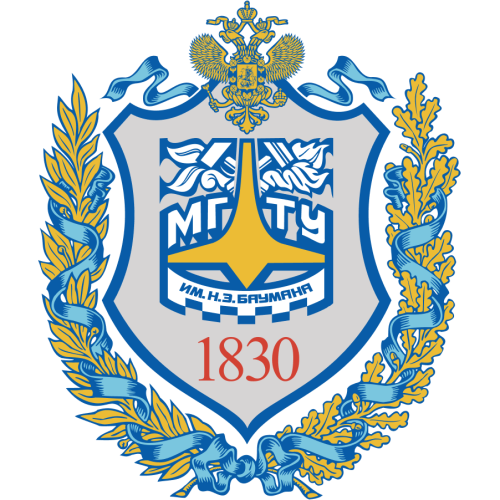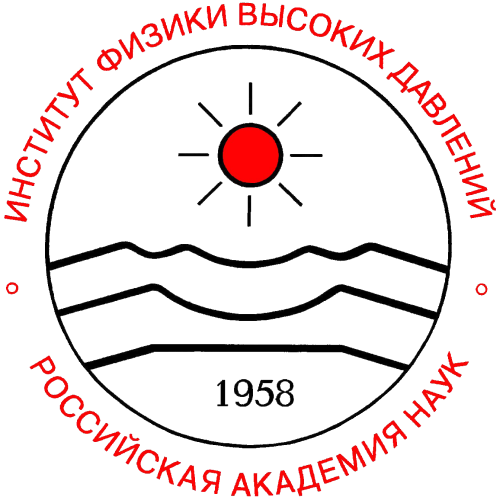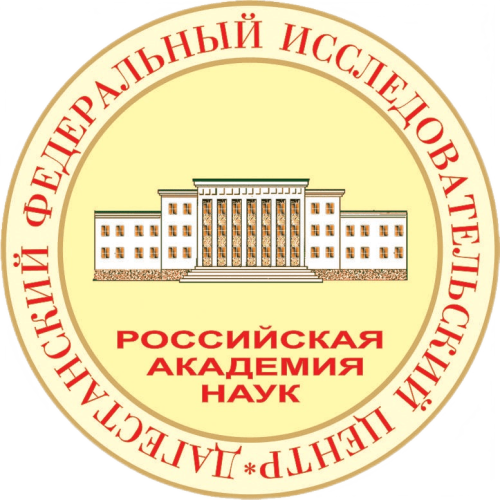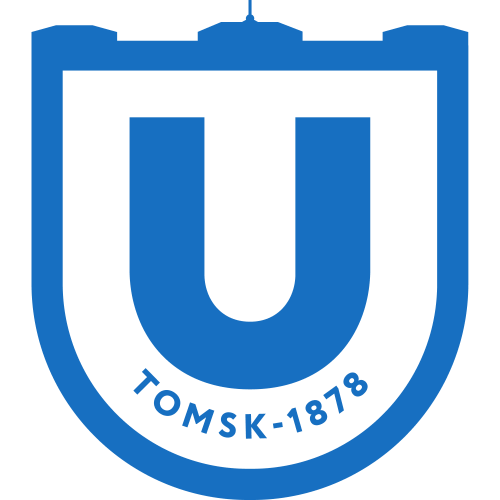Information technologies in physical materials science
Publications
121
Citations
1 249
h-index
21
Laboratory doesn't accept messages.
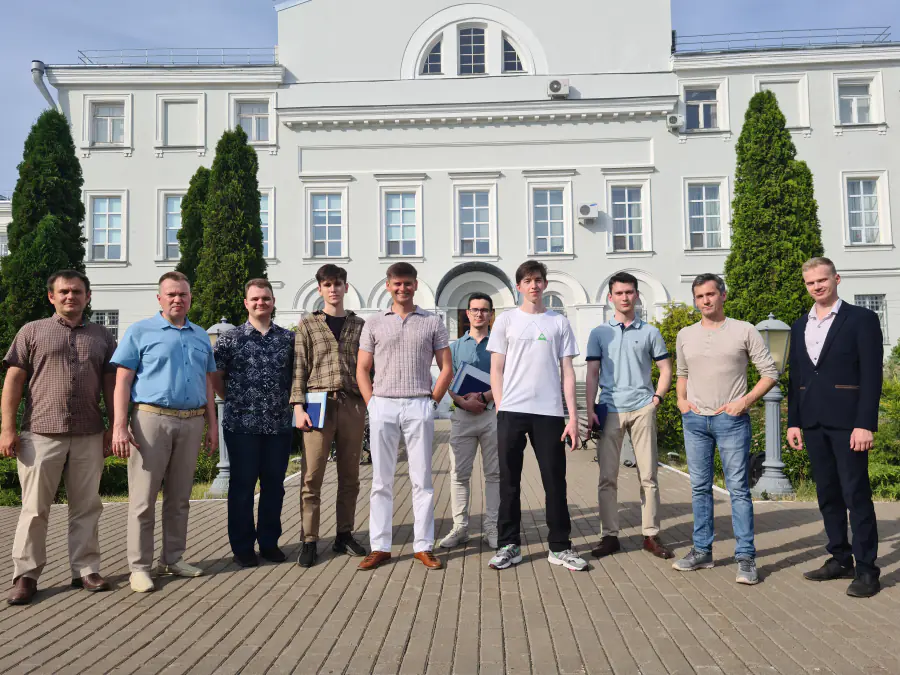
- Molecular dynamics and quantum chemical calculations
- Quantum molecular dynamics
- Theory of Quantum Mechanics/Molecular Mechanics (KM/MM)
- Computer modeling of physical properties of materials at the atomic and molecular level using molecular dynamics and Monte Carlo methods
- Statistical physics
- Thermodynamics
- Machine learning
- Neural networks
- Evolutionary algorithms
- The evolutionary search for materials
- Metadynamics
- X-ray diffraction analysis
- Cluster analysis
Bulat Galimzyanov
Senior Researcher

Sergey Anikeev
Senior Researcher
Maria Doronina
Engineer
Roman Vlasov
Engineer
Raniya Khairullina
Engineer
Georgy Nikiforov
PhD student
Roman Khabibullin
PhD student
Artem Tsygankov
PhD student
Research directions
Development of a methodology for computer-aided design of materials
+
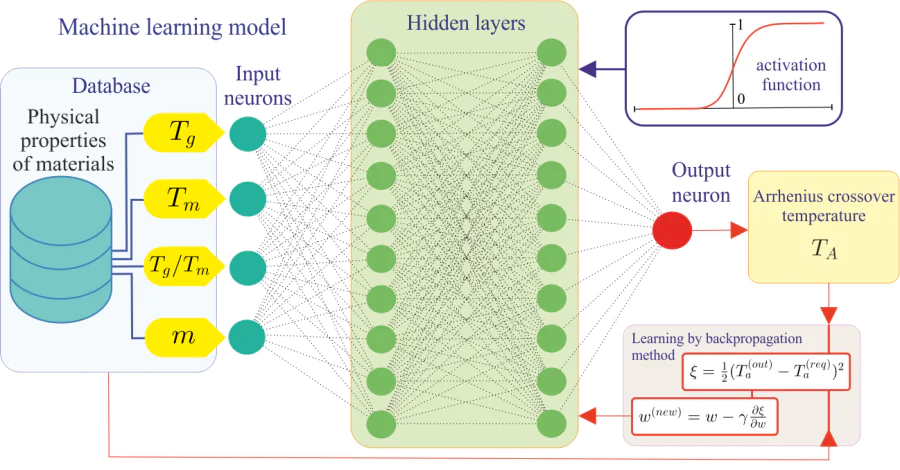
- reconstruction of effective potentials of interparticle interaction; - development of a methodology for searching for optimal protocols for the preparation of materials with specified (required) physical and mechanical properties based on numerical experiments (molecular dynamics, Monte Carlo, stochastic dynamics, coarse grained MD).
Publications and patents
Found
Nothing found, try to update filter.
Lab address
420008 г. Казань, ул. Кремлевская 16а, Институт физики КФУ
Laboratory doesn't accept messages.






